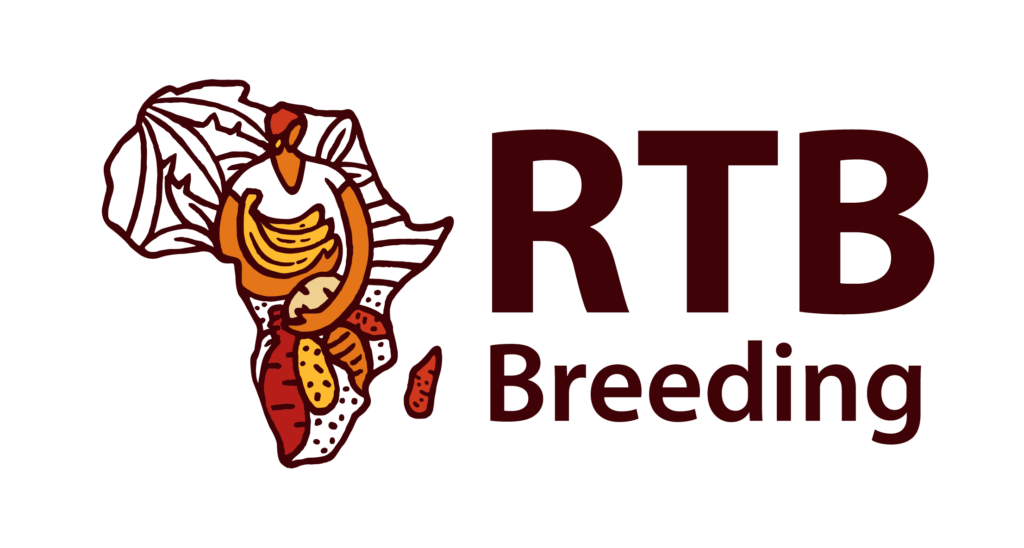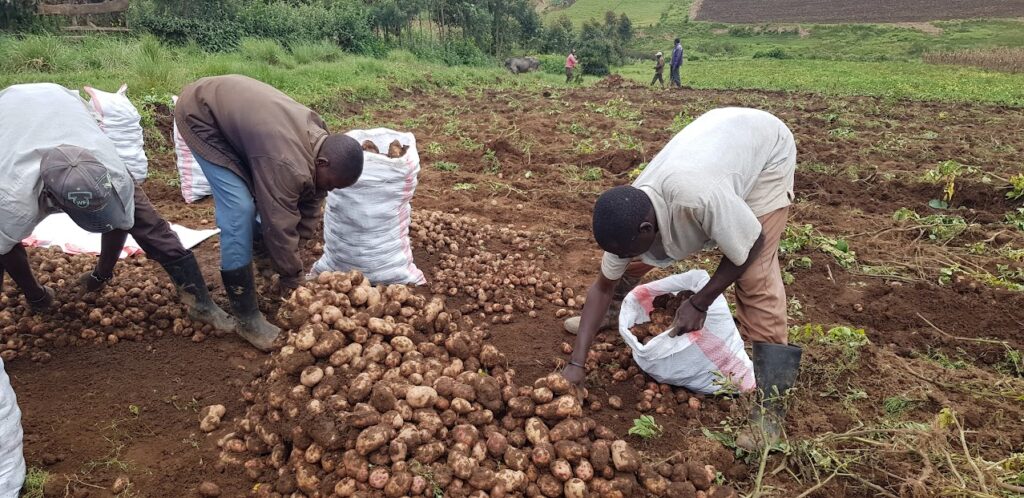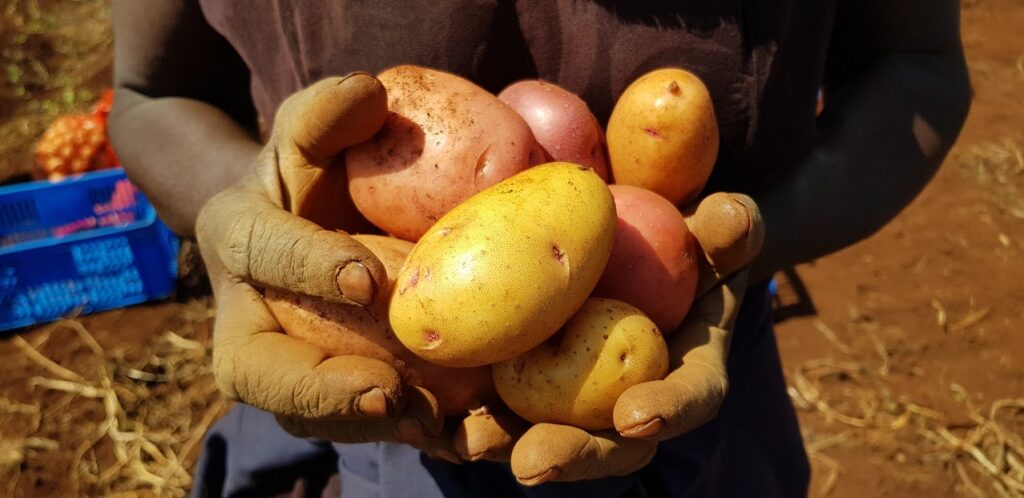Crop Overview
Potato is a vital crop for millions of people in the world, providing food security and income. Potato has also a great potential to contribute to the alleviation malnutrition as a biofortified crop due to the exceptionally high bioavailability of iron and zinc (Burgos et al. 2023; Liria et al. 2023). However, potato faces many challenges, such as pests and diseases resulting in low yield, and poor quality. Late blight alone causes billions of dollars in losses for potato farmers globally, who spend more than USD 1 billion per year on fungicides to control the disease. Potato viruses PVX, PVY, PLRV are globally important diseases causing significant yield losses and seed degeneration. Bacterial wilt and nematodes are becoming more prevalent issues, especially in Africa. Meanwhile, a newly emerging disease called potato purple top is posing a threat to potato yields in Latin America, and we must prepare for its eventual global spread. Changing climate with increasingly warmer temperatures and droughts pose a challenge as potato crop is adapted to cooler temperatures and most grown in rain fed conditions. Exposure to stressful conditions may also result in the accumulation of antinutrients.


